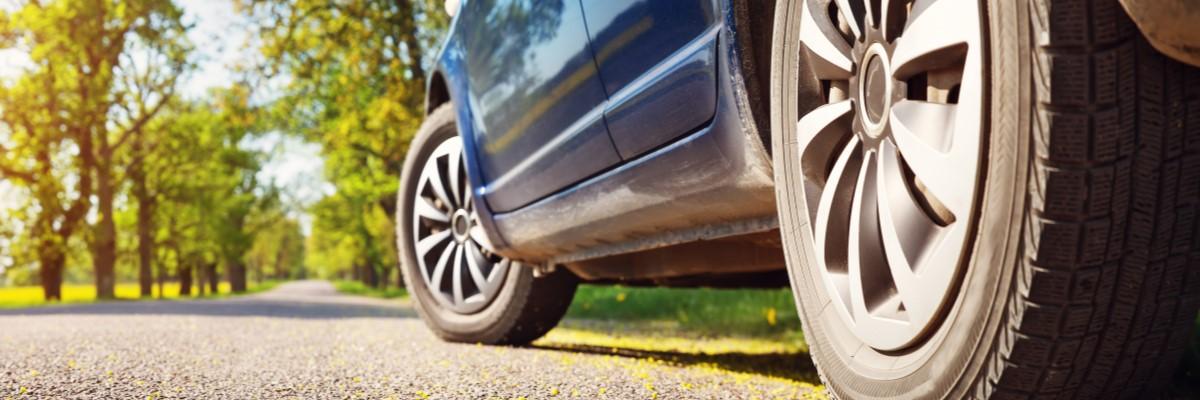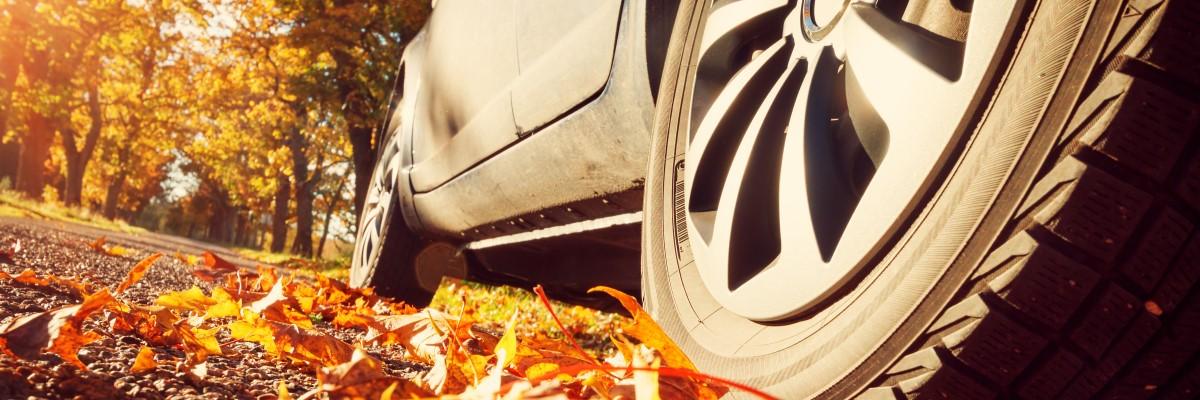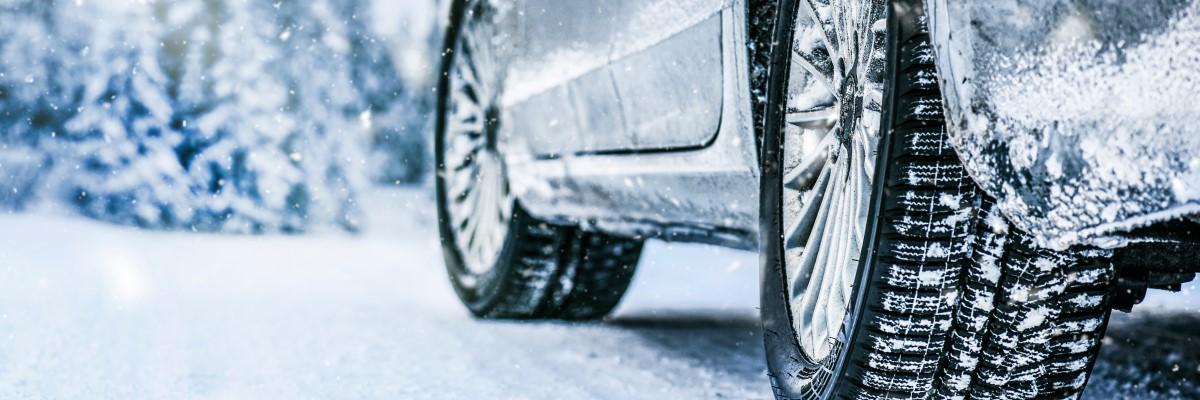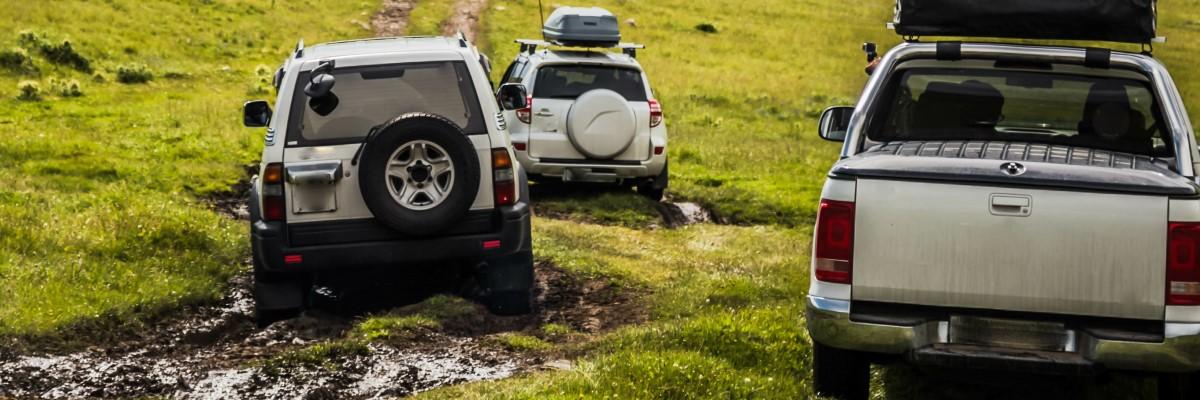

CAR TYRES
Our car tyre range includes the well priced & high performing range of Accelera, Radar & Tomket branded tyres. If you require 4x4 or SUV load rated tyres please refer to our 4x4 & SUV Tyres section instead. Currently our car tyre range is supply only, we do not offer a fitting service.
Search our car tyre range using our tyre finder below, all you need is your tyre size to start. Ensure you later filter your results to only display tyres that match or exceed your current tyres load and speed rating. Please note If you car is classed as an SUV or 4x4 it will normally require higher load rated / index marked tyres than standard car tyres. If this is the case then please search our tyres section instead to ensure you order tyres that are suitably rated for your vehicle.
CAR TYRE BRANDS
Car Tyre Information and FAQs
Summer tyres are specifically designed to perform best in warm weather conditions where temperatures are above 7°C. The summer tyre typically utilise a softer rubber compound that is designed to give good grip and traction when driving on dry roads in temperatures above 7°C. Summer tyres still offer adequate performances in wet and cooler conditions, but you can achieve better performance changing to a winter or all season tyre in these conditions. This because the softer compound in summer tyres can harden in colder temperatures, resulting in reduced flexibility and decreased traction.
Winter tyres are developed to perform best during the colder weather conditions and in winter months when temperatures are below 7°C. Winter tyres should have the 3PMSF marking (Three Peak Mountain Snowflake) on the tyre sidewall. This marking denotes that the tyre has passed standardised, controlled, and, rigorous tests and confirms suitability of a tyre for winter weather.
The compound of a winter tyre contains a higher natural rubber content, which helps the tyre to remain flexible in freezing weather so it can conform to the road surface to achieve grip. The grooves of winter tyres are typically wider to channel snow and water. The latest generation also have smaller shoulder grooves to improve snow and ice traction.
Winter tyres can be used in warmer conditions but their performance will not be as efficient as summer or all season tyres. The wear rate will increase when driven in warm temperatures, due to the high silica and natural rubber compound. Winter tyres should be fitted as a full set of 4 to give your vehicle even grip and control.
All Season Tyres are designed to cope with both warm and winter conditions. A moderate natural rubber content is used to stop the tyre hardening in temperatures below 7 degrees to give some of the benefits of a winter tyre, but while still working effectively in summer conditions. All season tyres should still features the 3PMSF marking (Three Peak Mountain Snowflake) on the sidewall. This marking confirms that the tyre has passed standardised, controlled, and, rigorous tests and confirms it is suitable for winter use.
All season tyres are a great choice for UK drivers, as the UK has milder and interchangeable winter conditions with severe ice and snow not being that frequent for much of the country. This means the benefits of an outright winter tyre are lost for many months of the year. As all season tyres perform equally well in the summer and winter months there is no need to replace tyres based on the season, as you would often choose to do with winter tyres. All season tyres should be fitted as a full set of 4 to maintain even grip and control.
Tyre labelling is an EU requirement and scores tyres in 3 main areas as follows:
- Rolling Resistance - The grades range from A to E, informing you about the relative fuel efficiency performance level. 'A' is the highest performance tyre in its category; 'E' is currently the least performing.
- Wet Grip - The grades range from A to E, informing you about the relative wet grip performance level. 'A' is the highest performance tyre in its category; 'E' is currently used to represent the least performing.
- External Noise - The tyre's exterior noise is expressed in decibels (dB) and will show one, two or three sounds waves. These sounds waves highlight the performance of the test against the current law. Three bars indicate that the tyre meets current limits, two bars indicates that the tyre meets limits that are to come into effect in the future and one bar shows that the tyre is a further 3dB below future limits.
Tyre labelling that was introduced in 2012 and requires every new passenger car tyre sold within Europe to be labelled. There are some exceptions which include retread tyres, professional off road tyres (POR), racing tyres, spare tyres and tyres with a speed rating less than 50 mph. The EU's aim being to significantly improve the efficiency and safety of road transport, and give consumers the ability to make more informed decisions when buying new tyres.
A car tyre's Speed Index is the maximum safe speed that the car tyre is manufactured to travel at, and is represented by a letter from A to Z. The car tyre's Load Index is the maximum weight that the tyre can safely support, and is a one or two digit number. The higher this number is the more weight the car tyre can carry. It is imperative for the safety of the vehicle and its occupants that tyres with high enough Speed and Load Indexes are chosen. Check the Load and Speed ratings of your current car tyres before ordering replacements. The tables below show what each load and speed index number/letter relates to in KG and MPH.
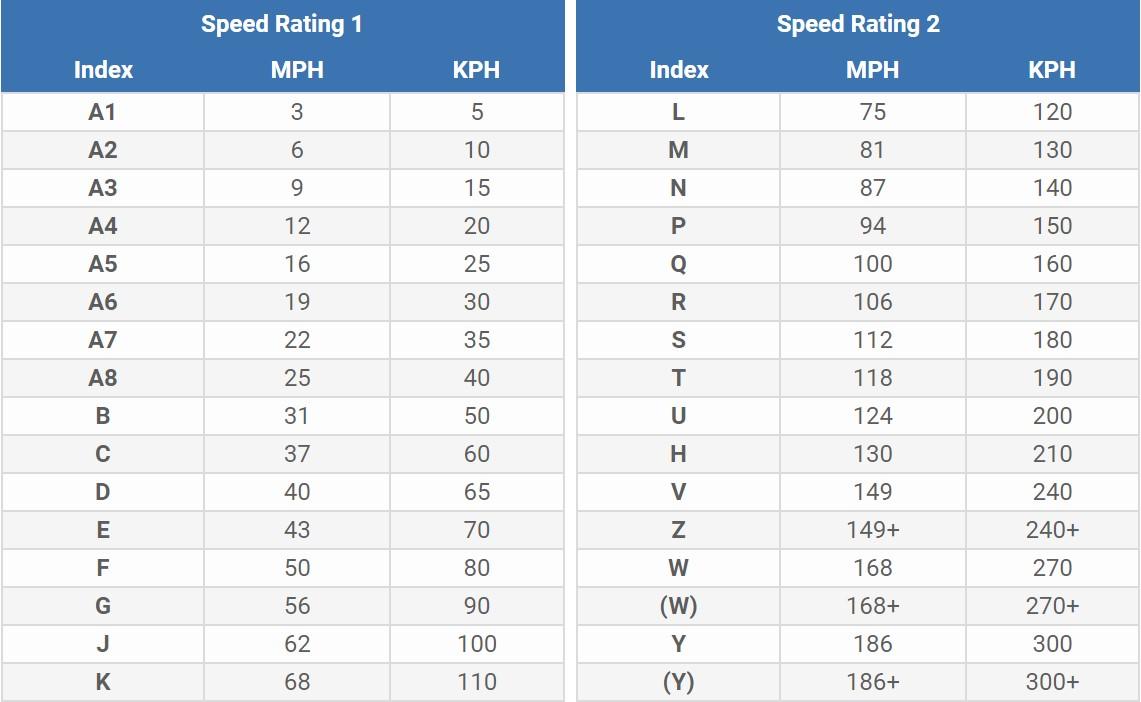
If your vehicle tends to carry heavy loads (4x4, SUV, Minivan, Van) it is likely that the manufacturer has designed it to be fitted with tyres capable of supporting heavier loads. These tyres are classified as Extra Load (XL) or Reinforced (RNF) tyres. The lettering XL or RNF will show on the sidewall of tyres.
Extra Load and Reinforced tyres carry heavier loads than standard tyres as they are generally made up of stronger materials, such as a more robust carcass and steel belts. These tyres ensure that the additional weight they carry is done so safely and without affecting performance. They are commonly fitted on 4x4s, SUVs, Vans, Trucks and other larger vehicles. They can also be a good choice for vehicles that are frequently used for towing.
Homologated tyres have been tested and approved by the vehicle manufacturer to be compatible with a specific make and model of vehicle. They are sometimes called original equipment tyres, or OE tyres. You may see the manufacturers short code stated next to a tyre, which identifies whether the tyre is homologated or not. They have been specifically designed and tested to deliver an optimal performance for a specific vehicle. Which means that they are likely to provide better performance, handling and safety. Some vehicle manufacturers may require specialist tyres to be fitted to their vehicle, as significant time and resource has been spent ensuring that they are tuned and optimised for the vehicle concerned, this is especially true in higher powered sports or luxury vehicles.
| Alfa Romeo: | AR, ARR, AZ |
| Aston Martin: | AM2, AM4, AM8, AM9, AMP, AMS, AMV, AMX, A2A, A4A, A5A, A7A, A8A |
| Audi: | AO, AOE, AO1, AO2 |
| Bentley: | B, B1, BC, BL |
| BMW & Mini: | ★ |
| BMW Electric & Nio: | I★ |
| Ferrari: | F, F01, F02, F03, K1, K2, K3 |
| Ford: | FO, FP |
| Honda: | HO |
| Hyundai: | HN, HY |
| Jaguar: | J, JRS |
| Jeep: | JP |
| Kia: | KIA |
| Land Rover: | LR, LR1, LRO |
| Lexus: | LX |
| Lotus: | LS |
| Lucid Motors: | LM1 |
| Mercedes: | MO, MOE, MO-S, M3, MOV |
| Mercedes (AMG): | MO1, MO1B |
| Mitsubishi: | MT, MZ |
| Nio: | I |
| Nissan: | NS, NR1 |
| Polestar: | POL |
| Porsche: | N0, N1, N2, N3, N4, N5, N6, NA0, NA1, NA5, ND0, NE0, NF0 |
| Renault: | RE |
| Skoda: | SK |
| Subaru: | SB |
| Tesla: | T0, T1 |
| Toyota: | TO, MZ |
| Volkswagen: | +, VO, VW, VW1, VW2, GTI |
| Volvo: | VOL |


